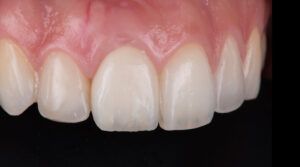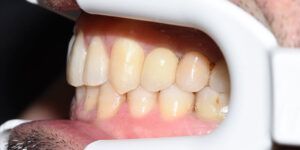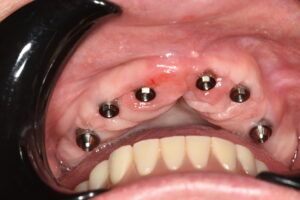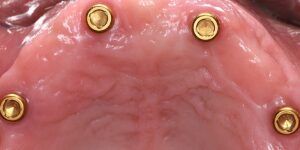The titanium meshes by Avinent, designed to treat cases of severe reabsorption of the maxilla
These titanium subperiosteal implants are fully tailored and suitable for atrophy when used in fully edentulate patients with severe reabsorption of the maxilla or even when the anatomy itself prevents the placement of standard endosseous implants.
The meshes are 0.8 mm thick, personalised with implant connections and made of grade V titanium.
What are the main advantages of using them?
1. A fully tailored digital design and plan of the titanium mesh is carried out.
2. This leads to a very good predictability of the final result, for both the surgery and the prosthesis.
3. It drastically reduces the treatment time.
4. It eliminates the need for significant bone regeneration (which is not a real guarantee of success).
5. It saves material in the generation and reduces the probability of infection.
6. It streamlines the surgery.
7. It reduces the patient’s visits to the clinic.
8. It provides the possibility of immediate load of the definitive prosthesis in the patient’s mouth, once the tissue has healed, as the primary stability is obtained right from the start with the osteosynthesis screws.
9. Universal connections for prostheses: External Hexagonal, Internal Hexagonal, Transepithelial Connection.
What is the work protocol to use?
1. You needs two CT scans of the patient:
· One CT scan of the patient with the prosthesis in place and in occlusion with gutta-percha markers in the positions where you want the abutments of mesh.
· A second CT scan only of the prosthesis with the gutta-percha markers placed in the same positions.
2. The CT needs to be in DICOM format to be able to generate the 3D model and start designing the mesh.
3. The CT slices must be between 0.4 mm and 0.8 mm thick, covering the whole maxilla up to the patient’s eye sockets so the study of the patient’s facial symmetry is a precise as possible.
4. If the patient does not have a prosthesis, make a radiographic splint and follow the steps set out above.
If you would like more information on our titanium subperiosteal implants, contact your usual sales delegate.






